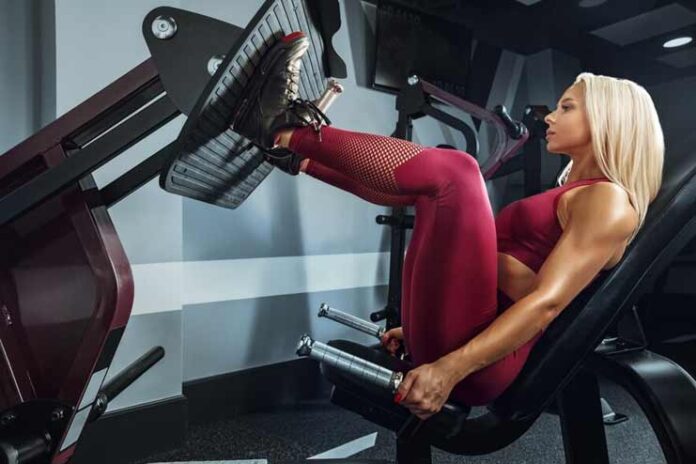Affiliate Disclaimer
Some links in this article are affiliate links. We may earn a small commission if you make a purchase through these links, at no extra cost to you. We only recommend products we find useful to our readersWe humans often credit our rapid evolution to our ability to stand on our hind legs. By freeing our forelimbs, we were able to embark on a number of adventures across the ages that otherwise would have seemed impossible.
Even in contemporary lifestyles, our legs are imperative in maintaining our body balance and a stable posture. They not only form the base of our entire structure, but it is through our legs that we derive the strength to carry any heavy load or exert force on a task.
Even those who go to the gym regularly tend to overlook the needs of their lower body. While their cardio and upper body strengthening are covered through various programs recommended by a professional fitness trainer or otherwise, the legs often miss out.
In this article, we present a concise guide on organizing your gym schedule to focus on your lower body.
Organizing your Leg Day at the Gym – Leg Workout
1. Quadriceps
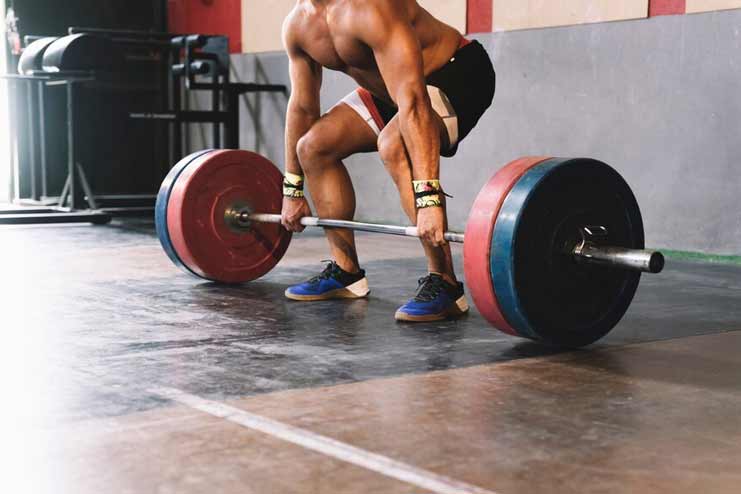
The quadriceps are a large muscle group that forms the front section of our thighs. These muscles pair with the hamstrings to facilitate knee contraction.
They are the very fulcrum that attaches our legs to the rest of our bodies. The strength of these muscles, to a large extent, determines the overall capacity of our lower body.
- Leg Press Machines: An old-school leg press machine will get these muscles moving and is a must at any gym.
- Squats: You can apply numerous variations to a regular squat, either by using a pair of dumbbells or a barbell.
- Forward Leg Curls: at the cable machine also serves the same purpose.
Adjust the weights according to your capacity and gradually increase them while keeping the number of repetitions constant.
2. Hamstrings
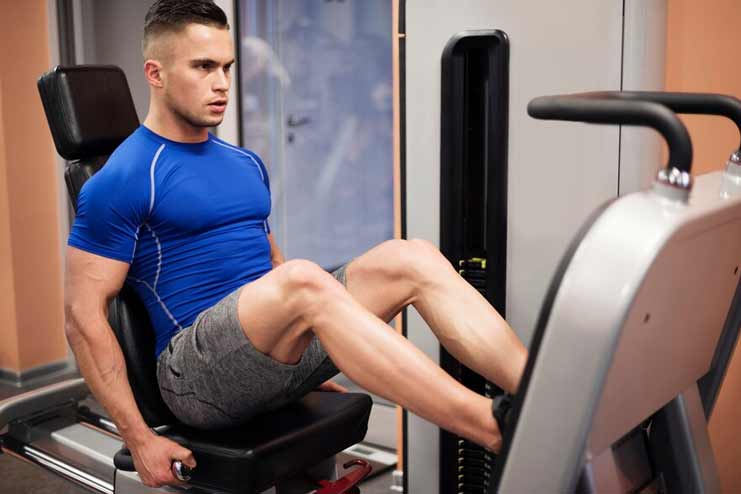
The hamstrings form the back of our thighs. For some people, the hamstrings may be the most susceptible muscle in their entire body to injury. A strong set of hamstrings has never hurt anybody, but a weak set could turn out to be quite painful.
Specialty gyms have dedicated machines to give your hamstrings an extra power boost.
- Straight Leg Raises: either by lying down with a stability ball between your legs or in an overhanging position with weights between your feet, can be helpful.
- Cable Machine: may also be used for this purpose, ideally under professional guidance.
3. Inner and Outer Thighs
The muscle set that forms the lateral sections of the thighs is referred to in this section. The inner set is comparatively more vulnerable than the outer ones. Strengthening these muscles shapes the legs and improves overall body strength.
- Cable Machine: should be your standard go-to device for exercising these particular muscle sets. Moving the legs laterally, once away from and then toward the machine with appropriate weights, will serve the purpose.
Before starting with weights on the cable machine, it’s advisable to practice free leg movements to prevent muscle strain during strenuous exercises.
4. Glutes
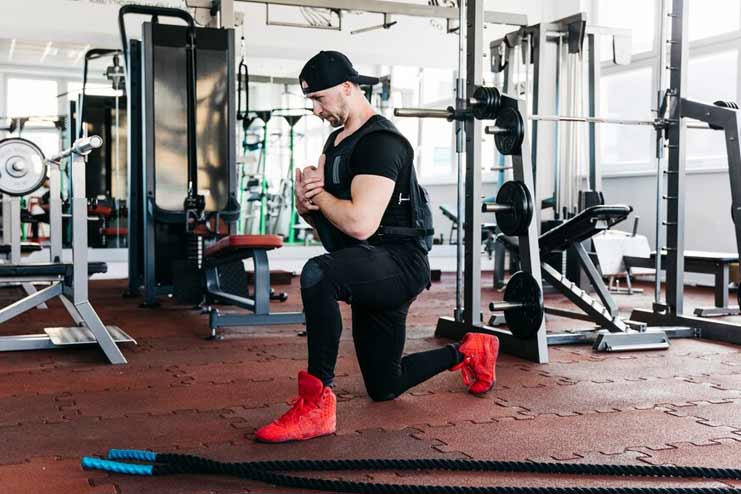
These muscles form the buttock section of our body. This muscle group endures the maximum amount of stress from exertion due to normal bodily movements. Strengthening these muscles not only enhances overall physique but also adds to total body strength.
- Lunges: To perform a lunge, take a large step forward, one leg at a time, squat midway, and let the rear knee touch the ground. Complete the motion after holding the position briefly. Lunges can be performed either freehand or with appropriate weights in hand.
5. Calves
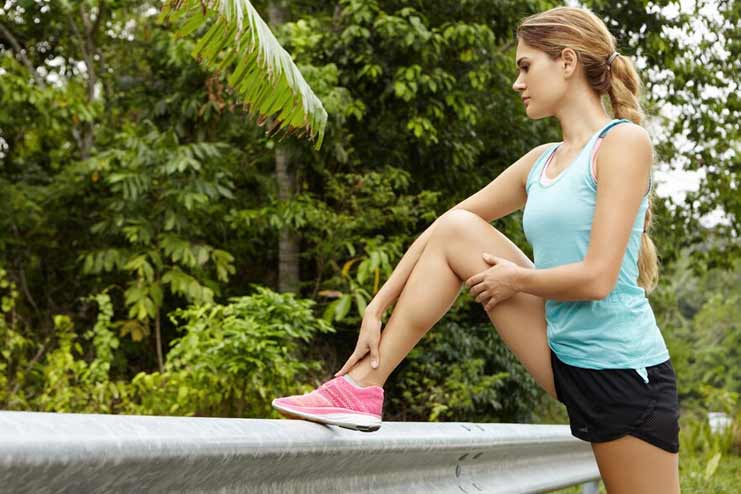
No leg routine could ever be complete without a final session working out the calves. The calves form the back of our lower legs, below the knee, and extend almost to the ankles.
The sensitivity of these muscles means that a beginner may find them to be the most painful part of their entire routine, at times even making it difficult to walk.
- Leg Press Machine: can be great for an initial warm-up.
- Calf Raises: To really boost the strength of the calves, practice calf raises by standing on the front part of your feet on a raised surface, such as a stair. The smaller the area you use, the more force you’ll be able to exert on your calves.
Conclusion
Organizing an effective leg day routine is crucial in achieving well-balanced strength and fitness. Target every major muscle group, including quadriceps, hamstrings, inner and outer thighs, glutes, and calves. This would ensure that no area is neglected.
Strong legs improve an athlete’s performance and even help perform daily tasks, enhancing long-term mobility.
Focusing on Leg day at the gym helps create an excellent mix of varied machines, weight, and bodyweight exercise and thus strengthens the body’s base structure. Therefore, gear up and be consistent. Make every leg day count.
-
June 2016Written by Abhro
-
Nov 2024Edited by Lakshmi Gayatri
In this Article












